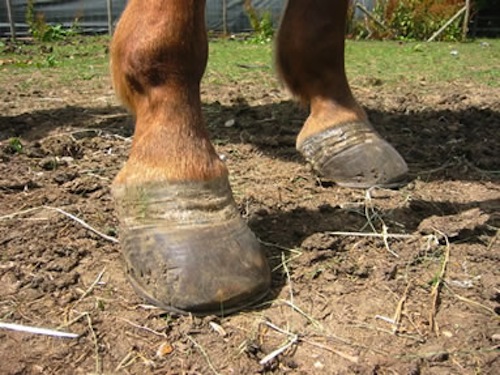 |
| Dr. James Belknap of The Ohio State University |
Laminitis is a disease in which the hoof wall separates from the soft tissue attached to the distal phalanx (coffin bone), resulting in the distal phalanx undergoing a crippling displacement towards the ground surface of the hoof.





